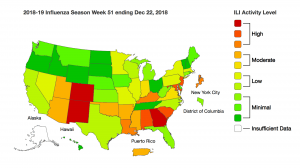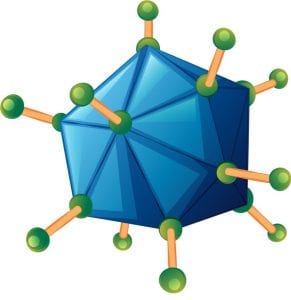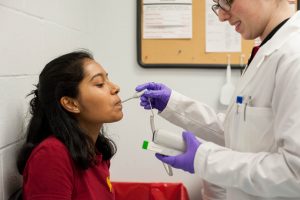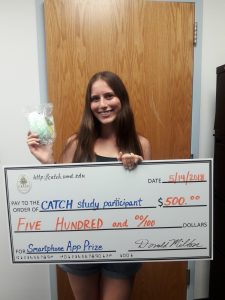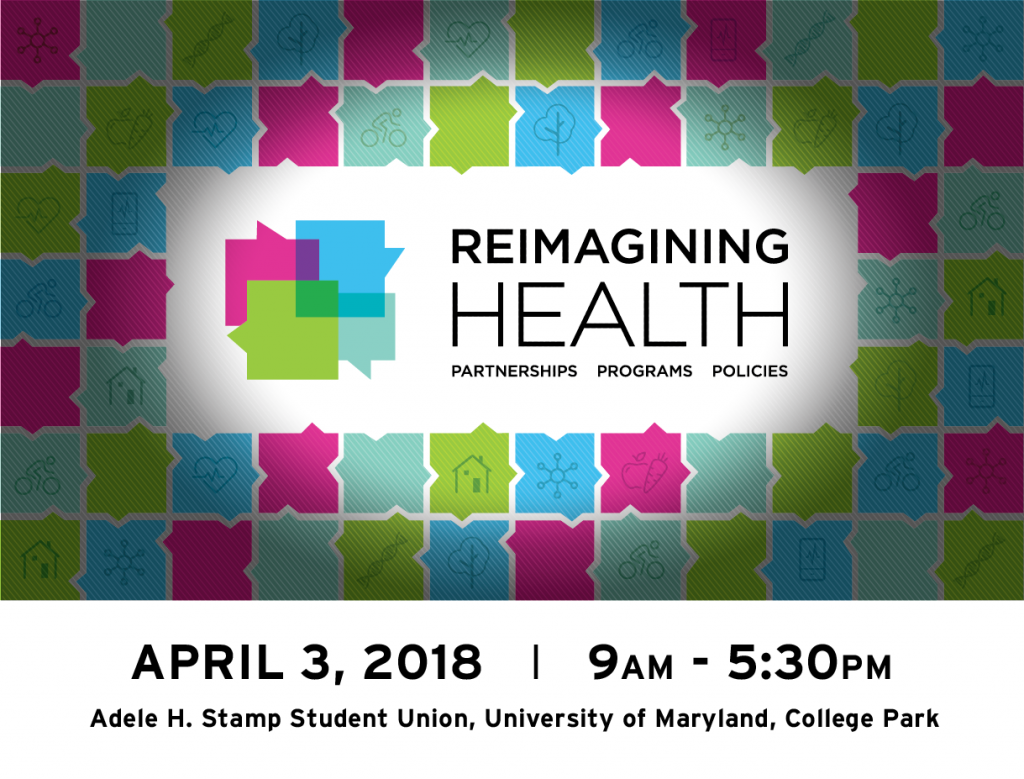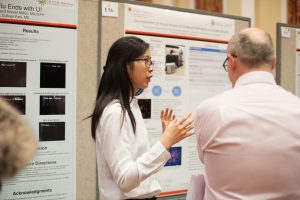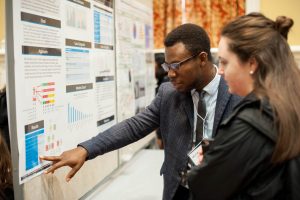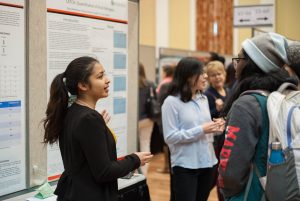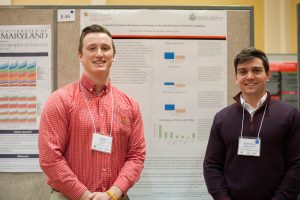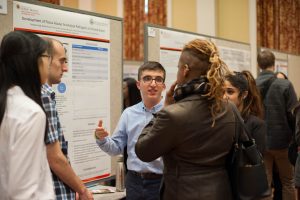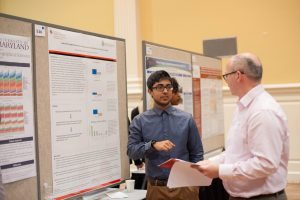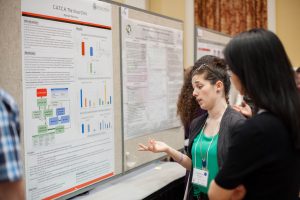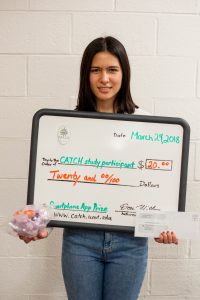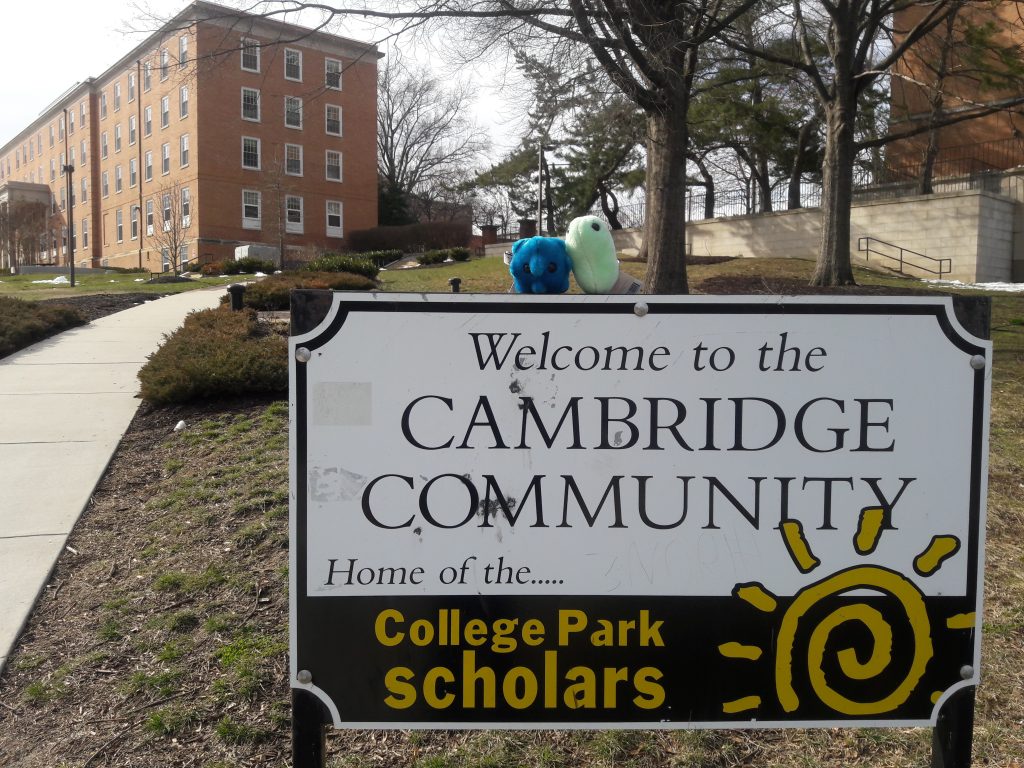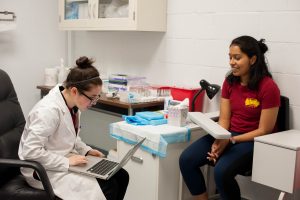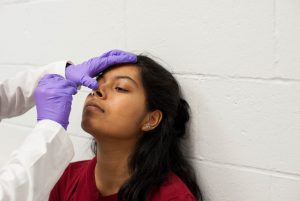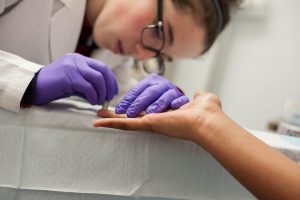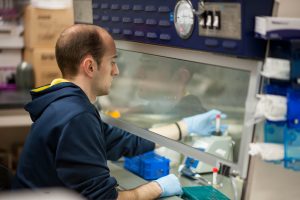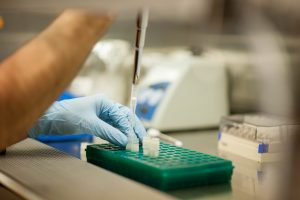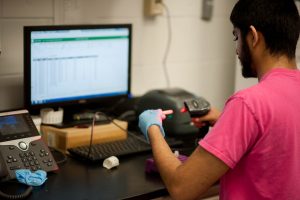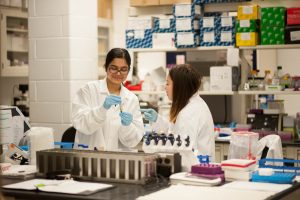Thank you to everyone that participated in the 2017/2018 academic year!!!
We ended up with 164 participants who visited the clinic, with a total of 627 visits, 264 downloads of the Smartphone App, which ended up collecting over 1.8 MILLION data points, and 283 completed baseline surveys. All of this means we got some amazing data, and were able to give out $___ in compensation to our amazing participants!
The clinical visits were divided into several categories, as indicated by the figure below. A “Brief Case” visit was made when a person reported they were feeling ill. If they met certain criteria that suggested they may be sick with one of our target viruses, they also provided samples for an “In Depth Case” visit. Those that were confirmed to be infected with a target pathogen provided the names of their closest contacts, who were then invited in for a “Contact” visit. contacts that became infected with the same virus as their nominator were brought in as a “Secondary Case.” Finally, those that filled in our Baseline Survey at the beginning of the study were invited to provide a final set of samples as part of a “Study Completion“ visit.

Using our TaqMan Array system, we were able to screen our participants for over 40 different pathogens. The viral infections we were most interested in this semester included Influenza (both A and B), Coronaviruses, Adenovirus, Respiratory Syncytial Virus, and Human Parainfluenza Viruses. A breakdown of the number infections we detected is in the figure, right.

Other infections we were able to detect from our participant samples with our assay included Bacterial infections, such as:
- Mycoplasma pneumonia,
- Streptococcus pneumonia,
- Streptococcus pyogenes, and
- Bordetella parapertussis.
Other viral infections detected with the assay included:
- Astrovirus,
- Epstein-Barr Virus, and
- Human Metapnuemo Virus.
Most of the infections we detected were a result of Rhinovirus, which while not necessarily one of our target viruses of interest, isn’t that surprising. They don’t call it the “common cold” for nothing! Some unlucky people were actually infected with multiple viruses, which can be seen in Table 1, detailing coinfections in our participant population.

Another piece of our overall study was monitoring the CO2 levels in the dormitories of the Cambridge Community. CO2 levels can be used to estimate the amount of exhaled breath in a room, which in turn can be used to estimate your exposure risk to respiratory viruses. Within the Cambridge Community, Cambridge Hall recently underwent renovations, to include a new HVAC system, which allows for air exchange with the outside. In contrast, Centerville Hall’s ventilation system does not allow for this exchange with the outdoor air supply. We wanted to examine what affect this difference in ventilation systems might have on infection rates, and found that there was a difference in the number of viral infections between participants residing in buildings with high outdoor air exchange and buildings with low outdoor air exchange.
|
Buildings |
Number of Residents |
Cases
All Viral Agents(rate per 100) |
Cases
Target 5 Agents(rate per 100) |
| High Outdoor Air Exchange |
200 |
2 (1) |
2(1) |
| Low Outdoor Air Exchange |
533 |
53(9.9) |
49(9.2) |
| Not in Targeted Residence Halls |
772 |
20(2.6) |
20(2.6) |
| Total |
1505 |
75 |
71 |
